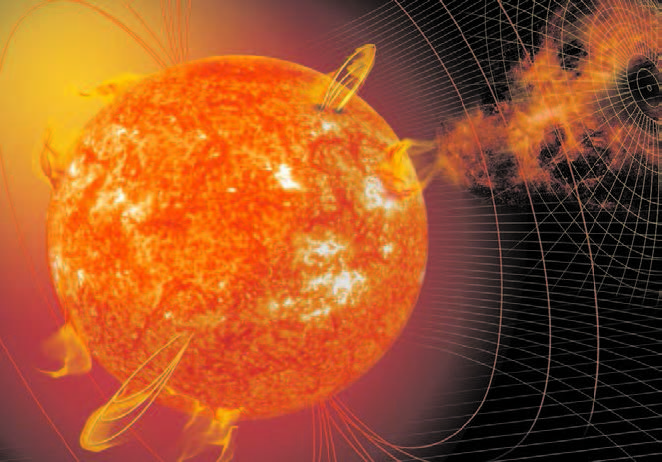
NEW DELHI (TIP): For the past 30 years, it was believed that there is a threshold of temperature (29 degrees C) beyond which any increase in sea surface temperatures (SSTs) does not significantly affect the variability of rainfall over the Indian Ocean.
Now, this classic hypothesis based on a study published in 1984, on the relationship between Indian Ocean and the monsoon has been challenged by a publication in the journal Climate Dynamics authored by Dr. Roxy Mathew Koll, a climate scientist at the Centre for Climate Change Research, Indian Institute of Tropical Meteorology, Pune.
The study states that there is a direct, statistically linear relationship between SSTs and rainfall, and that rainfall increases along with increase in SSTs, over the entire range of possible SSTs over the Indian Ocean (26-32 degrees C). This helps in quantifying the relationship, with a rate of increase of up to 2 mm/day for an increase of one degree C in SST. This understanding is significant in a changing climate scenario, where the SSTs are increasing.
The earlier belief was based on studies in which SSTs and rainfall were analysed simultaneously and it was found that beyond 29 degrees the rainfall showed no substantial variability. This method is inadequate as SSTs affect rainfall and vice versa and the two cannot be separated when analysed simultaneously, and result in a wrong perception. However, Dr. Roxy’s study using satellite data over the Arabian Sea, Bay of Bengal and South China Sea found that there is a time-lag between SST rise and rainfall increase. The lag is 5 days for Arabian Sea, and around 12 days for Bay of Bengal and South China Sea.
The difference in the lag is attributed to the spatial variance in surface convergence and uplift over these regions. Surface convergence is the convergence of air/wind at a place over the sea surface due to low pressure formation or ascending branches of tropical air circulation.
The converging warm moist air near the surface has to rise or uplift as it is less dense (lighter) than the air above. The uplift of the warm moist air results in the convective activity (cloud formation). “The winds and the convergence associated with the summer monsoon are stronger over the Arabian Sea, while they are relatively weaker over Bay of Bengal and the South China Sea.
This probably leads to a faster uplift and cloud formation over the Arabian Sea while delaying the response over the Bay and the South China Sea”, Dr. Roxy pointed out, in an email. Climate model experiments were conducted to see the effect of greenhouse warming (carbon dioxide, CO) on the ocean-atmosphere interaction and the climate. The results of the experiments indicated that rainfall over the monsoon basins will continue to increase in a global warming scenario.




Be the first to comment